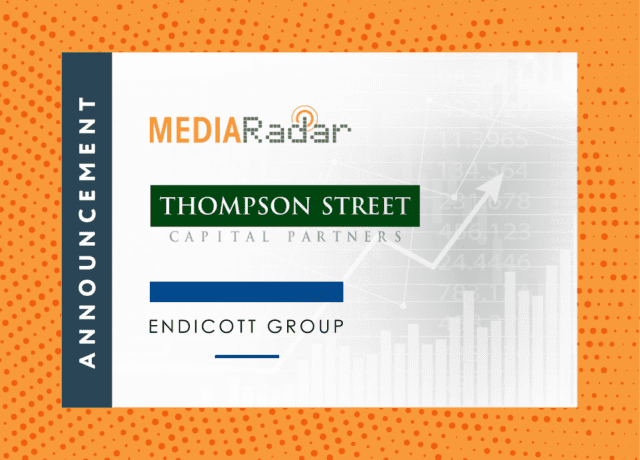Econsultancy – Have brand safety concerns taken some of the shine off of programmatic and made direct ad buys more fashionable again?
According to data from MediaRadar, the answer looks to be “yes” as the number of brands engaging in programmatic ad buys dropped by 2% between January and July.
Meanwhile, following the YouTube brand safety scandal in April, more brands owned by two of the largest advertisers in the world, Procter & Gamble (P&G) and Unilever, started purchasing ads directly.
Between January and March, MediaRadar observed 49 of P&G’s brands purchasing premium video and native ads through direct buys. From May through July, that number increased 27% to 62.
The number of Unlilever brands turning to premium inventory through direct buys was even more substantial, growing from 25 in the January to March period to 53 between May and July, a 112% increase.
Not just a temporary shift?
Obviously, programmatic is clearly here to stay. It now accounts for over 80% of the display ad market, and the industry has invested significant sums in building out programmatic infrastructure.
At the same time, however, it is also looking like concerns over brand safety, as well as ad fraud, have caused brand advertisers to fundamentally rethink their digital advertising strategies.
“Everyone is talking about transparency and brand safety,” stated Todd Krizelman, CEO & co-founder, MediaRadar. “In the quest for it, many of the world’s largest advertisers are shifting ad spend, and now spreading it across more than a dozen different media formats.”
From P&G, which slashed its digital ad budget by $100m, to Chase, which cut the number of sites it advertises on from 400,000 to 5,000, both without any apparent negative impact on return, it’s increasingly evident that brand advertisers are not just making temporary changes.
Has the ad industry been living a lie?
Business Insider’s Mike Shields believes that it has. In a piece that has sparked discussion and debate, he suggested that advertisers “have fallen in love with the fantasy of buying ads aimed at exactly the right people on the web’s ‘long tail.'”
But, he observes, “most people don’t spend time on thousands of websites”, which begs the question: if consumers don’t spend time on thousands of websites, why have advertisers been throwing so much of their budgets to programmatic channels that help them buy ads across thousands of websites, exposing themselves to audacious fraud in the process?
If MediaRadar’s data is any indication, it would seem that brand advertisers are starting to ask themselves that very question.
While it’s too early to predict the precise long-term impacts of this trend, it seems reasonable to assume that greater scrutiny of open programmatic exchanges, renewed interest in direct buys, and more adoption of private exchanges lie ahead.
To see the full story: click here




